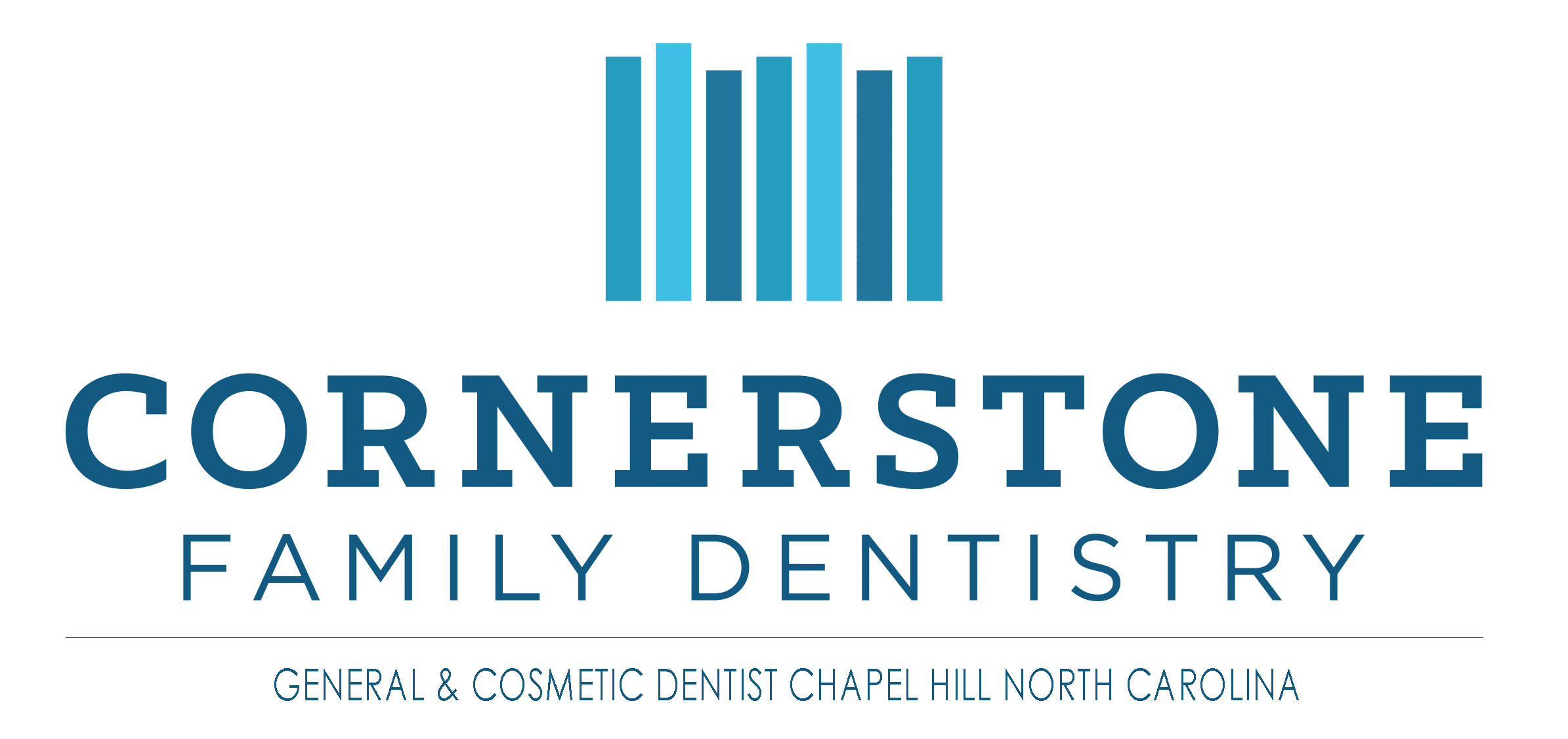Dental Implant Temporary Tooth
Teeth are an important part of our personal charisma. They aid our quality of life and self-confidence. They enable enjoyable food, carefree laughter, clear speaking, security in everyday life, and have a positive effect on our self-esteem. Healthy teeth cannot be taken for granted.
However, life does not leave our teeth without damage. Tooth loss can occur very often. This is caused by diseases of the teeth and gums (like periodontitis) or accidents in sports or everyday life. The lack of teeth is not only noticeable aesthetically but also functionally and limits us in many ways.
When you want to replace missing teeth, there are many steps you must take and decisions you must make in order to complete this task. One of the first things you must decide is how you are going to replace the missing teeth or tooth. Oftentimes, your dentist will recommend several options, including a dental bridge, partial dentures, or quite commonly, dental implants. Dental implants are often the preferred method for tooth replacement because not only do they replicate the look, function, and feel of a natural tooth, but they also help stave off any jawbone deterioration and through this, help to maintain the overall health of your mouth and jaw. Placing a dental implant will allow you to maintain good dental hygiene by avoiding bone loss on the one hand and by preventing adjacent teeth from loosening on the other. In fact, when you lose a tooth, this can exacerbate the loss of bone in your jaw and cause the adjacent teeth to collapse. For over 40 years, dental implants have offered the possibility of replacing teeth fully and in the long term. Dental implants:
- replace single or multiple lost teeth
- secure prostheses in the mouth
- are scientifically researched and tested (convincing success rates of over 96%)
- have been successfully used in dentistry for decades
For you too, dental implants can be a way back to a better quality of life, self-confidence and a natural attitude towards life. Dental implants are not for everyone, so please talk to your dentist. The dental implant process is not the quickest solution, however, and you must prepare yourself for a few months of healing and dental work in order to have your problem fixed.
A dental implant is an artificial tooth root made of titanium, a high-quality material that is accepted like the body's own tissue. Implants are manufactured in a clean room using high-tech processes. The titanium surface is roughened in special process steps, so that micropores are created that are used for bone apposition. In order to be able to take over the function of the tooth root, the dental implant is inserted directly into the jawbone on an outpatient basis under local anesthesia. As a result, the bone grows firmly on the implant and thus forms a solid basis for long-term and stable anchoring of the dental prosthesis. This bone growth is necessary for the implant to “take” and can take several months to happen and to heal.
Not ready right away
Depending on the situation, even with an incredibly experienced surgeon doing the implant, the final denture is only inserted after a healing phase of two to three months. Therefore, a provisional solution must also close the gap beforehand. Tooth gaps are harmful to the teeth and jawbone; the final and permanent prosthesis acts like a placeholder to counteract bone loss and prevents your remaining teeth from tilting or wandering. The prosthesis also serves to restore the chewing function and the aesthetics of implants until the implant has grown securely into the bone and protects it from overload. Because of this, an interim prothesis is often used. Not only does the temporary or interim prosthetic tooth help with aesthetics of your smile, but the interim prosthesis is also used when a new tooth position is to be tested. The prosthesis can be inserted directly the placement of the implant and thereby also prevents excessive swelling in the wound area. For these reasons, your dentist will place a temporary prosthesis while your implant is healing as part of a transition period after the implant is done. As for the fitting of permanent prostheses, it generally takes place a few months after the placement of the implant. When you work with a well-qualified cosmetic and/or restorative dentist, your final prosthesis will very closely match the shade and transparency of your natural teeth and will be virtually indistinguishable from your natural teeth.
